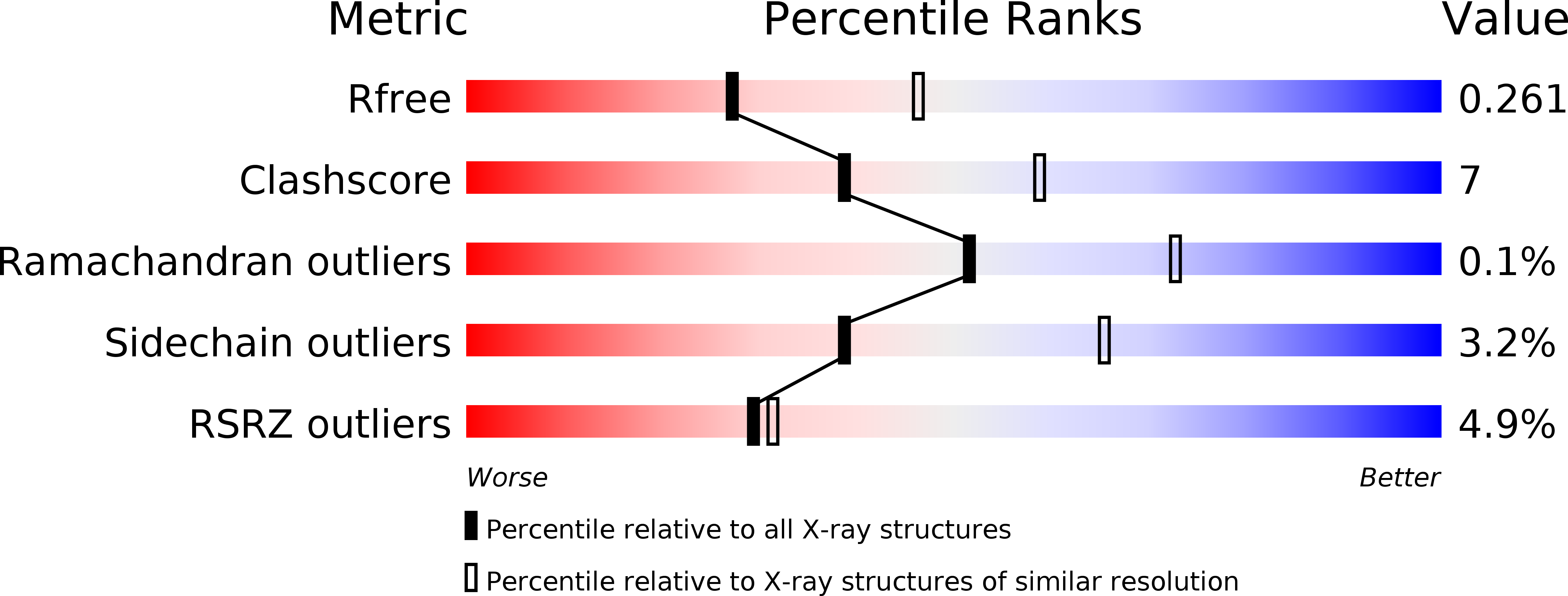
Deposition Date
2017-10-17
Release Date
2018-09-26
Last Version Date
2025-10-01
Entry Detail
PDB ID:
6ERA
Keywords:
Title:
Crystal structure of cyclohexanone monooxygenase mutant (F249A, F280A and F435A) from Rhodococcus sp. Phi1 bound to NADP+
Biological Source:
Source Organism:
Rhodococcus sp. Phi1 (Taxon ID: 209591)
Host Organism:
Method Details:
Experimental Method:
Resolution:
2.49 Å
R-Value Free:
0.26
R-Value Work:
0.21
R-Value Observed:
0.21
Space Group:
P 1 21 1


